THE VILLAGE
|
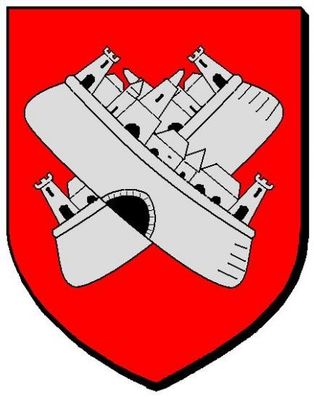 |
The village of Villecroze is located in Haut-Var in the heart of the canton of Salernes. Situated at 350 meters above sea level, this village has an excellent climate with plenty of sunshine throughout the year. It spreads over 2047 hectares and 1128 villagers live there.
The village's name comes from Castrum de Villacrosia; which proves the presence of several Roman rural holdings between the 1st and 5th centuries AD. |
| |
THE CAVES
The renown of Villecroze is due mainly to the presence of cave dwellings.
Their Formation
The caves began to form 700000 years ago. Their formation is the result of the melting of the glaciers at the end of the ice age. They were covered by an enormous waterfall during several thousand years and are made mostly of limestone tufa. The conditions necessary for the formation of tufa are vegetals, water, light and air. As the vegetation dies, its remains are covered in calcium deposits from the carbonate rich water flowing over it and more vegetation grows on top. This process gives tufa its characteristic porous aspect. |
 |
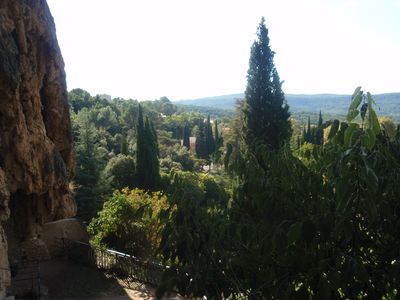 |
Their History
The caves, in their natural state, as well as the majority of the land in and around Villecroze belonged to the Benedictine monks of the abbey of Saint-Victor in Marseille. The monks supposedly used the caves as a hideaway during the Moorish attacks of the Xth century.
The caves' fortification began in 1566 under the reign of the local lord Nicolas d'Albertas in order to have a very high and impregnable position with a superb view over to the Maures massif. The period was that of the religious wars (the second half of the XVIth century). Nobody ever lived in the caves permanently because there was never a siege.
In 1633 the caves were given to the town of Villecroze and since have remained its property. |

Caves map
|
The Main Room
It is the largest room in the caves and it gives onto a terrace.
The traces of a wooden floor that used to give access to the mullioned (or casement) windows and the arrow slits can still be seen. Doors and large wooden shutters or boards were used to cover the windows for camouflage and also to keep out the cold.
|

|
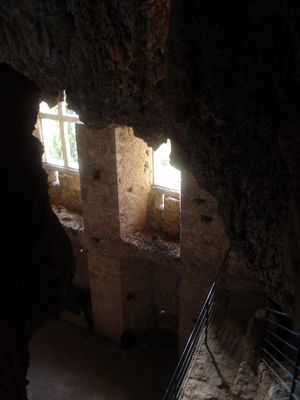 |
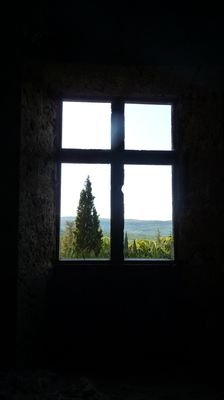 |
The Living-Room
This room is full of light thanks to the large and elegant mullioned windows (typical of the Renaissance Period). In this room, we can also see the remains of a wooden floor that would allow archers to access the loopholes and vigil windows. In fact we can see the holes in the walls on both sides of the room for the beams to go across. |
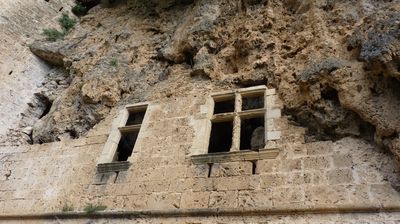
|
 |
There was a chimney used to heat the place and to cook that could also be used as an escape route in the event of an attack or a siege. It led to the plateau above. It is also said that there were underground tunnels leading to the castle down in the village but this has never been proven. |
The Reserve
The temperature in this part of the caves is a constant 11° which allowed food to be stored without it spoiling especially in case of a siege.
|
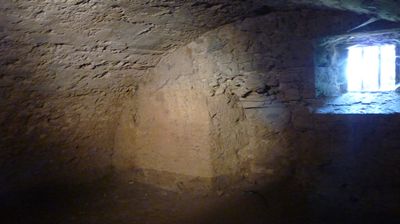 |
The Watch Tower
It is located behind the waterfall and gives a magnificent view of the countryside through a natural cavity.
|
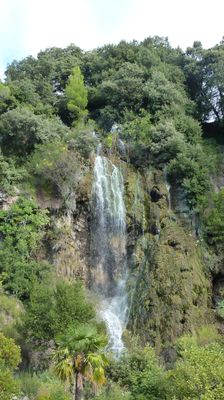 |
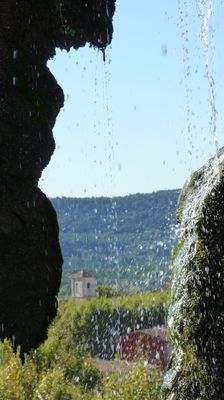 |
The Stalactite Cave
The flowing water closed the caves with calcite walls which allowed the formation of stalactites. The columns in the cave are quite unusual as they are made only of stalactites. As they were forming, the few centimeters of water on the cave floor didn't allow stalagmites to form which allowed the stalactites to grow until they touched the floor.
|
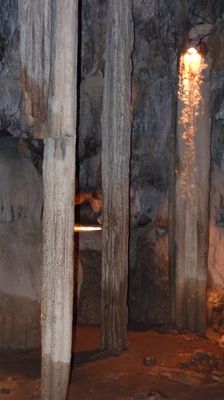 |
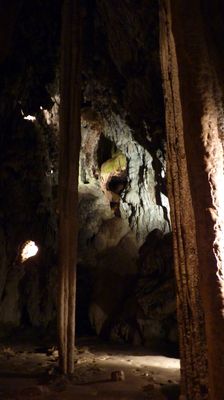 |
Standing next to the middle stalactite and looking ahead and upwards, one can distinguish a rock in the form of a sitting Buddha leaning against a lounging woman in a turban.
|
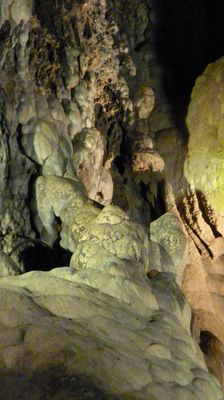 |
The Lake
The lake in the adjacent cave was used as a drinking water reserve by Nicolas d'Albertas. One can make out the original water height under which bacteria, that fossilized beneath water level, can still be seen in "cauliflower" formations. The stagnating water is kept naturally limpid by micro organisms living in the water plus the cool air and the absence of light.
According to a local legend, if two lovers drink from the lake in the cave, they will be married within a year. |
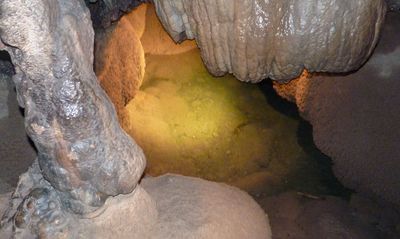 |